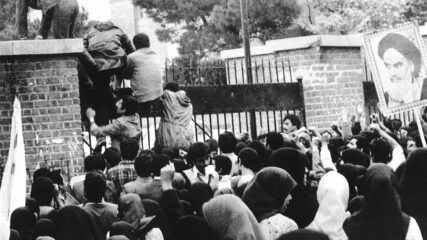June 30, 1937
Kibbutz Tirat Zvi is established in the Beit She’an Valley as one of the first religious kibbutzim. The kibbutz is just west of the Jordan River and just north of what becomes the Jordanian-controlled West Bank after the 1948 War of Independence. German, Polish and Russian Jews open the kibbutz about six miles south of the city of Beit She’an. Its name means Zvi’s Fort and honors Rabbi Zvi Hirsch Kalischer, a 19th century Zionist leader involved with Hovevei Zion. The kibbutz includes a two-story mud building purchased from Arab landowner Musa al-Alami and is part of the “Tower and Stockade” enterprise to expand the area of Jewish settlement and thus define the borders of a future Jewish state in Mandatory Palestine.
Great struggle marks the early days of the kibbutz because of a difficult climate more than 650 feet below sea level, disease and tense relations with its Arab neighbors. Tirat Zvi is attacked in 1938 during the Arab Revolt and in 1948 by the Arab Liberation Army. After the 1967 Six-Day War, terrorists often raid the kibbutz, which frequently is shelled from Jordan.
The kibbutz has developed successful wheat, cotton, carrot, olive and date crops and has a thriving lulav business with its date-palm branches for the Jewish holiday of Sukkot. Tirat Zvi’s meat-processing plant, Tiv, produces smoked meat and sausages shipped around the world.
The kibbutz’s population exceeds 900 residents in 2018.









